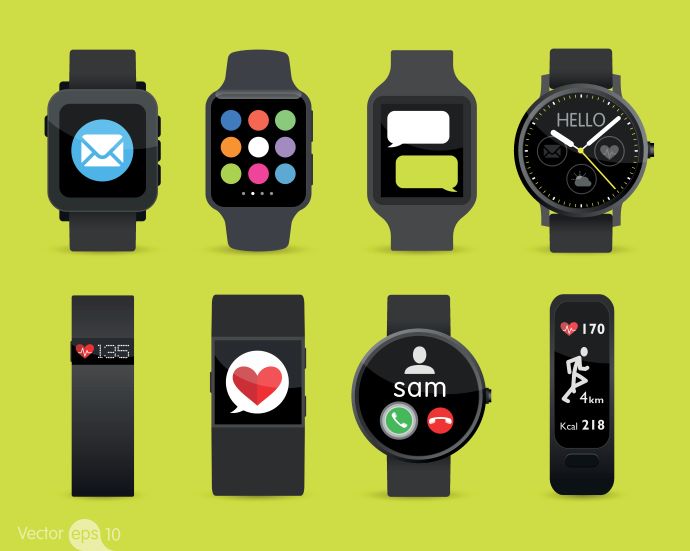Researchers to Develop Smartwatch Device to Address Youth Mental Health Crisis
A partnership between Oregon researchers and Analog Devices engineers aims to mitigate the mental health crisis among teens through the development and use of a wearable smartwatch device.

Source: Getty Images
- With the goal of addressing a growing mental health crisis among teenagers, Oregon Health and Science University (OHSU) partnered with Analog Devices, Inc (ADI) to develop a wearable smartwatch device to serve as an early detector of suicidality or depression.
According to federal data, suicide is the second-leading cause of death among youth aged 10 to 17. The data also shows that youth suicide rates in the US increased from 6.8 per 100,000 in 2007 to 10.7 per 100,000 in 2018, according to the press release. On top of this, thoughts related to suicide are common, with 18.8 percent of high school students in the US having reported suicide consideration.
This high demand for mental healthcare among the youth often exceeds the number of mental health beds available, forcing patients to wait in the emergency department for days.
Researchers noted that a large part of the issue is that patients often do not recognize when suicidal symptoms get worse. This fact drove the researchers, led by David Sheridan, MD, associate professor of emergency medicine in the OHSU School of Medicine, to consider whether there was a way to inform adolescents of physiological signs that may be early indicators of suicidal mindsets.
A previous study led by Sheridan found an existing correlation between heart rate variability (HRV) and suicidality in teens. With the help of Steven Baker, PhD, electrical engineer and adjunct research professor of emergency medicine in the OHSU School of Medicine, Sheridan entered into a collaboration with ADI.
The collaboration aims to use the smartwatch technology that ADI offers to collect advanced physiologic data on patients. An ADI wrist-worn device contains an embedded sensor that can calculate HRV in real-time. The watch will provide precise measurements and raw data that can be used to develop advanced analytics methods, the press release notes.
The researchers plan to conduct a study that gathers smartwatch data from adolescents with acute suicidality.
Along with the smartwatch, the consenting adolescents and parents will write about stressful behaviors in daily diaries, engage in validated suicidality measures several times a day, and obtain follow-up care after the hospital.
The researchers’ mission is to determine a new biometric signal using a precise de-identified dataset that will allow engineers to implement machine-learning algorithms to support suicidality detection. This will serve as the basis for a smartwatch detector for adolescent patients with known depression and suicidality.
“Parents many times say they didn’t know about their child’s mental state and feel so helpless,” Sheridan said in the press release. “This technology has the potential for parents and patients to take this back. We chose smartwatches because they are very common, and there is potential to link a parent or loved one to it. Therefore, a parent could also get a notification to check in with their child.”
Similarly, in July, a grant from the National Institutes of Health led researchers to create a mobile app to manage mental health conditions.
Known as Easing Anxiety Sensitivity for Everyone (EASE), the app provides various tracking and monitoring features along with patient education. The app teaches patients how the pandemic affected stress levels and offers strategies for dealing with moments of high anxiety. The app also reminds patients of the coping strategies if they are subject to a physical stress response.
